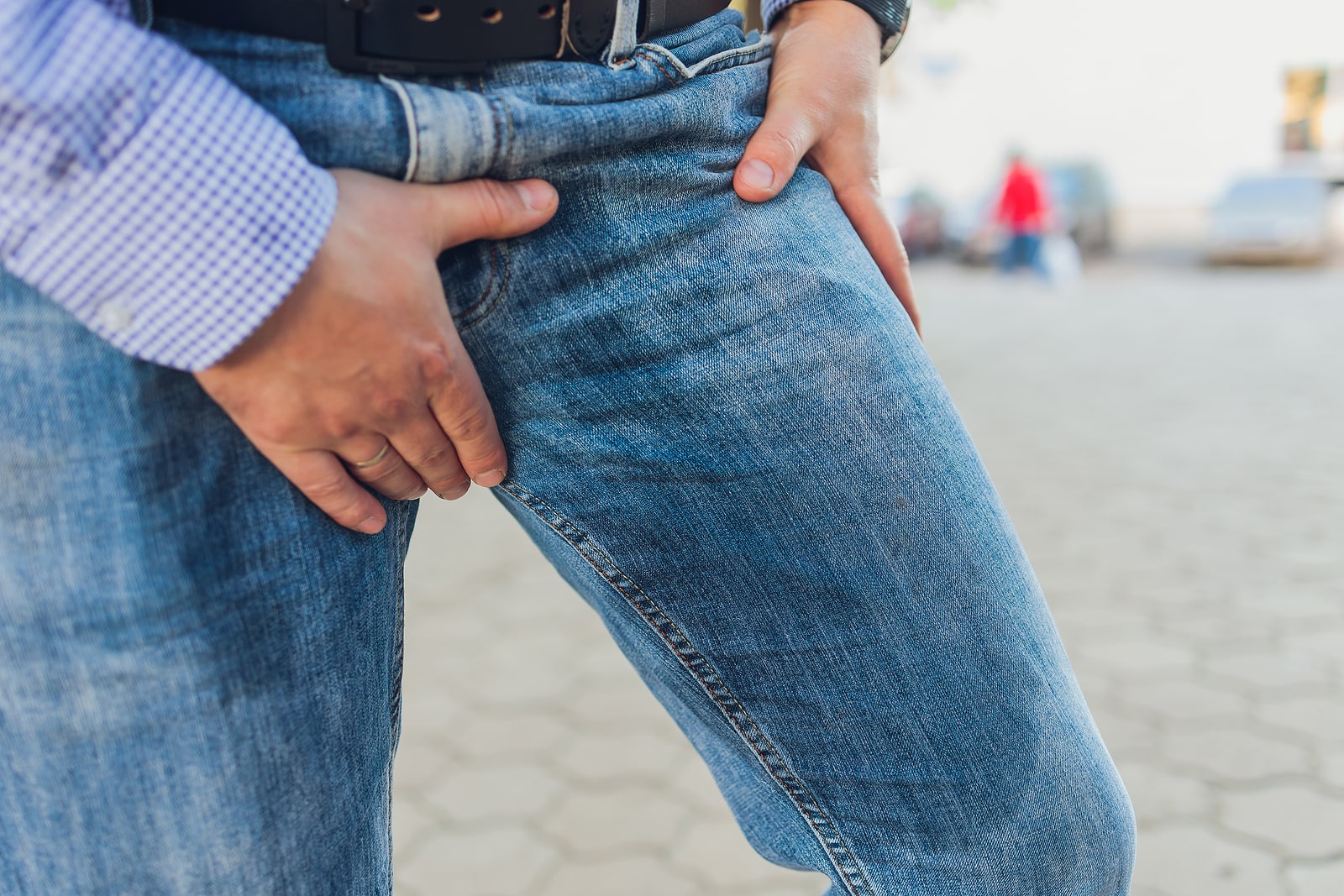What Causes Urinary Incontinence in Men?
Urinary incontinence in men can be caused by a variety of factors, including:
- Prostate issues: Enlargement of the prostate gland, known as benign prostatic hyperplasia (BPH), can obstruct the flow of urine from the bladder, leading to urinary incontinence.
- Prostate surgery: Procedures such as prostatectomy (surgical removal of the prostate gland) can damage the muscles and nerves that control bladder function, leading to urinary incontinence.
- Neurological disorders: Conditions such as multiple sclerosis, Parkinson’s disease, and spinal cord injury can affect the nerves that control bladder function, leading to urinary incontinence.
- Bladder issues: Conditions such as bladder cancer, bladder stones, or bladder inflammation (cystitis) can cause urinary incontinence.
- Medications: Certain medications, such as diuretics, alpha-blockers, and sedatives, can affect bladder function and lead to urinary incontinence.
- Age: As men age, the muscles of the bladder and urethra may weaken, leading to urinary incontinence.
- Obstruction: Any condition that obstructs the flow of urine, such as a urinary tract infection, bladder stones, or a urethral stricture, can lead to urinary incontinence.
- Lifestyle factors: Factors such as obesity, smoking, and chronic constipation can increase the risk of urinary incontinence.
- Other medical conditions: Conditions such as diabetes, kidney disease, and urinary tract infections can affect bladder function and lead to urinary incontinence.
It’s important to note that urinary incontinence is not a normal part of aging and can often be treated or managed. If you are experiencing urinary incontinence, it’s important to see a healthcare provider for evaluation and treatment. Treatment options may include lifestyle changes, medications, bladder training, or surgery, depending on the underlying cause of the urinary incontinence.
What is the treatment for incontinence in men?
The treatment for urinary incontinence in men depends on the underlying cause and severity of the condition. Treatment options may include:
- Behavioral therapies: These may include bladder training, scheduled voiding, and pelvic floor muscle exercises (Kegel exercises) to strengthen the muscles that control urination.
- Medications: Your healthcare provider may prescribe medications to help manage urinary incontinence, such as anticholinergic medications to reduce bladder spasms or alpha-blockers to relax the muscles of the bladder neck and prostate.
- Surgery: In some cases, surgery may be recommended to correct underlying issues causing urinary incontinence, such as a prostatectomy for benign prostatic hyperplasia (BPH) or sling procedures for stress urinary incontinence.
- Lifestyle changes: Making lifestyle changes such as losing weight, quitting smoking, and avoiding alcohol and caffeine may help improve urinary incontinence.
- Bladder training: This involves learning to delay urination after feeling the urge to go, gradually increasing the time between bathroom trips.
- Absorbent pads or catheters: In some cases, absorbent pads or catheters may be used to manage urinary incontinence.
- Electrical stimulation: This treatment involves using mild electrical pulses to stimulate the nerves that control the bladder, which can help improve bladder control.
It’s important to talk to your healthcare provider about your symptoms to determine the underlying cause of your urinary incontinence and develop an appropriate treatment plan. With the right treatment, many men can significantly improve their symptoms and quality of life.




